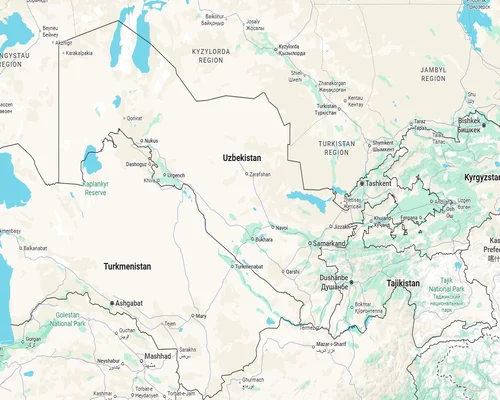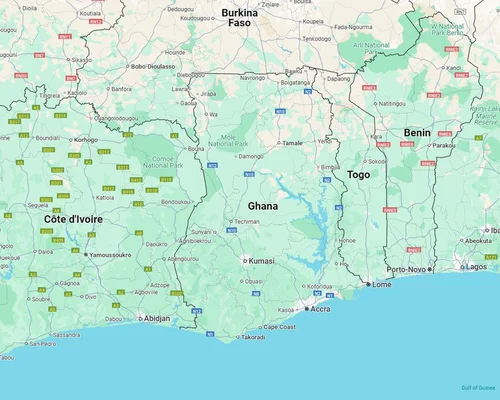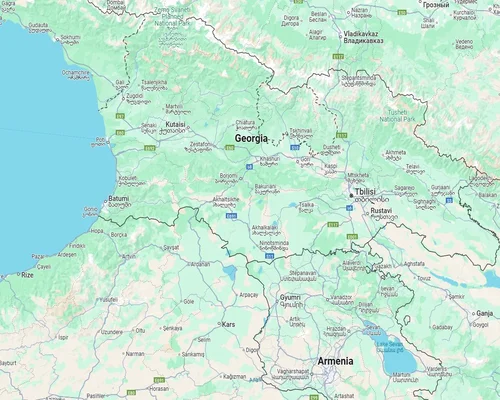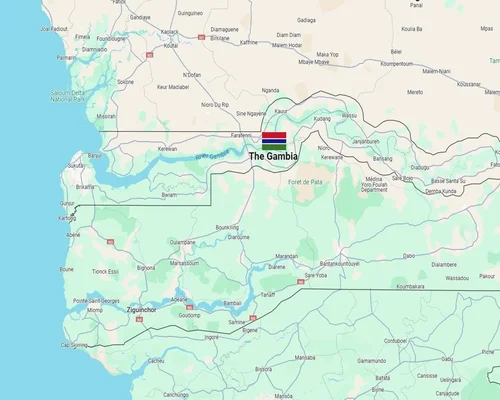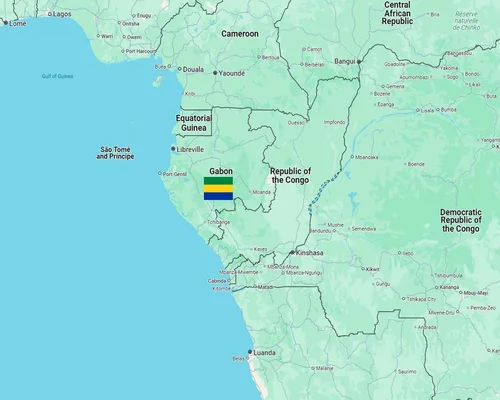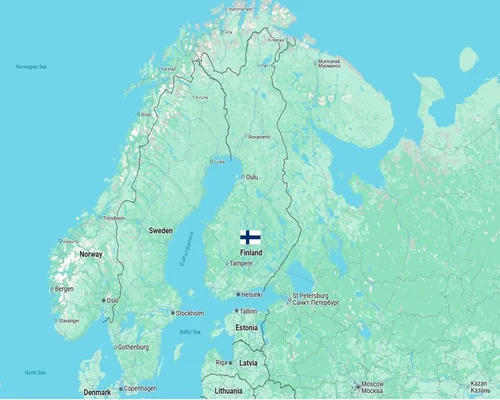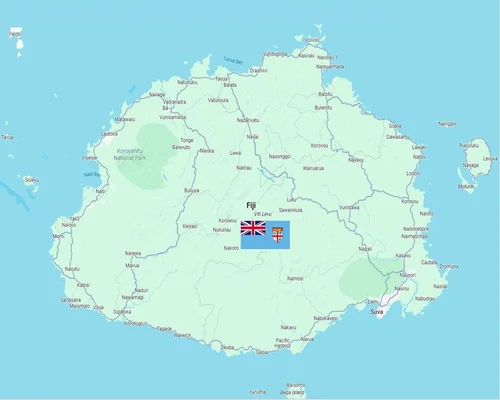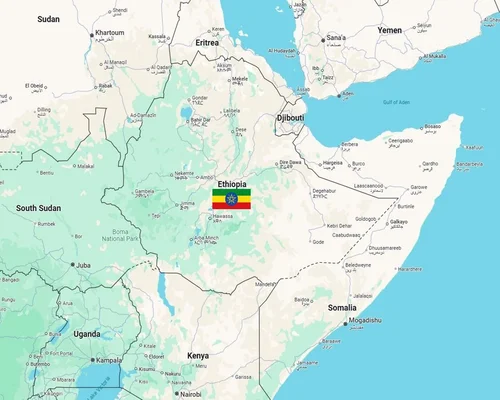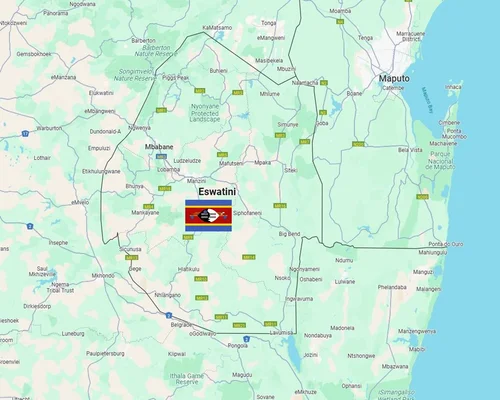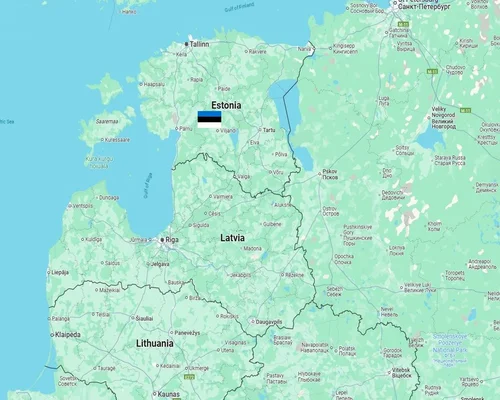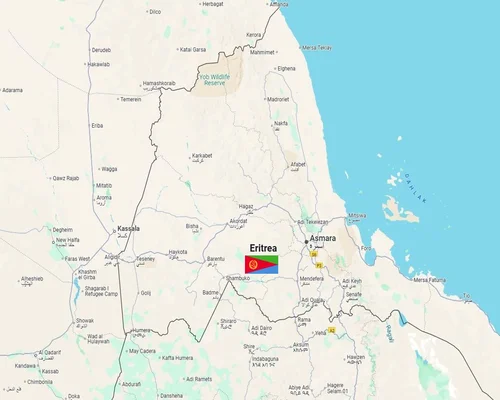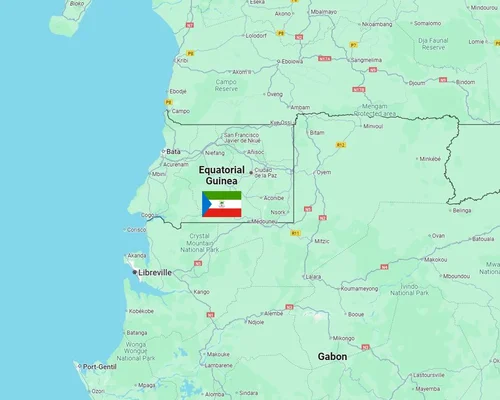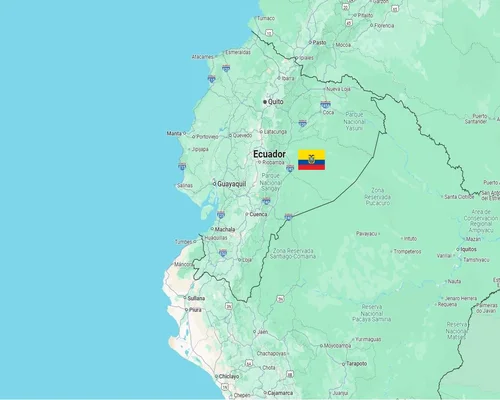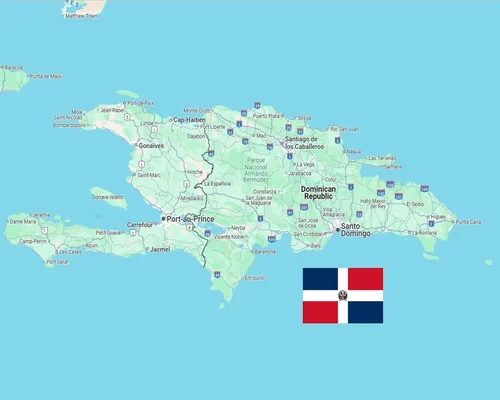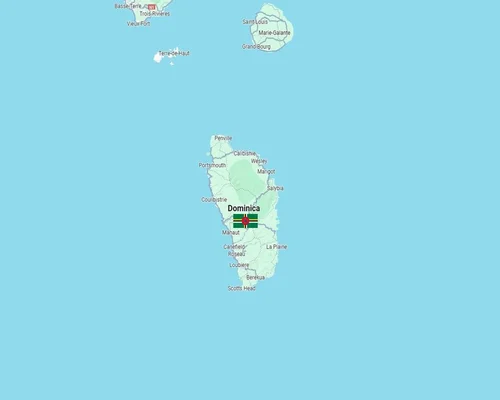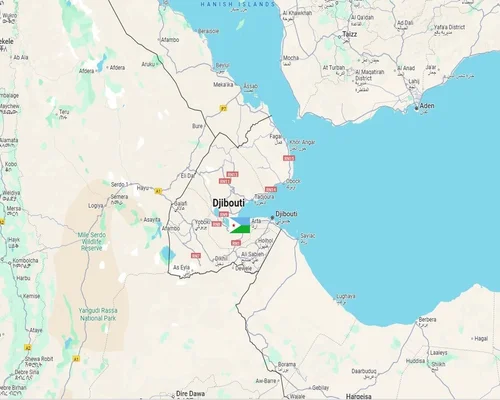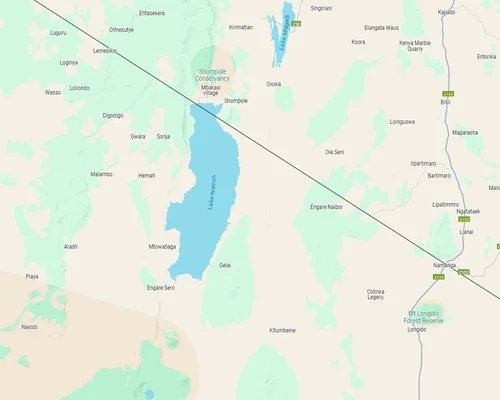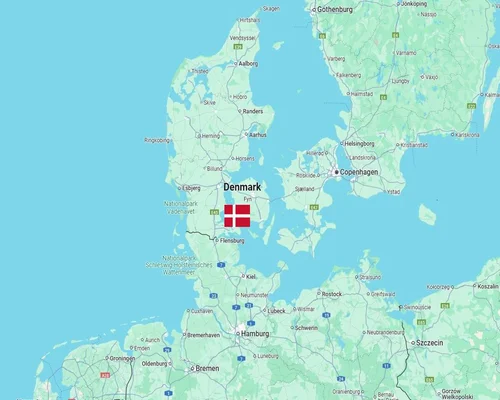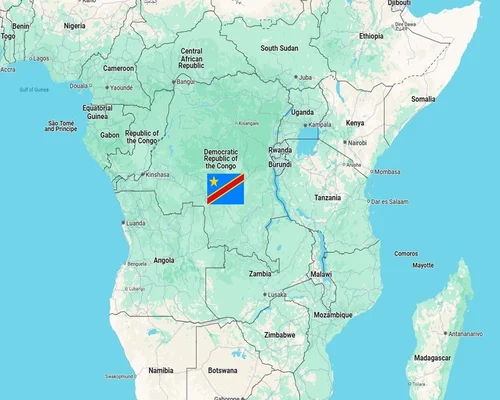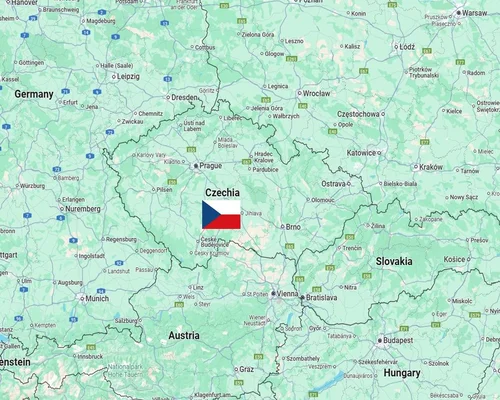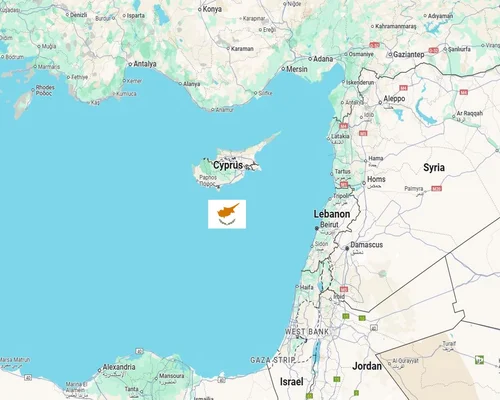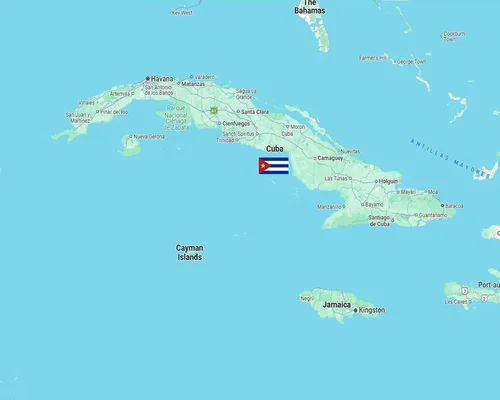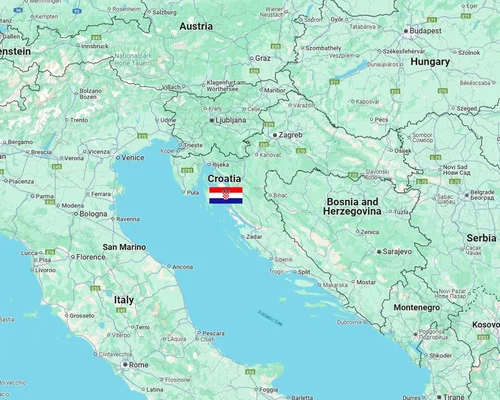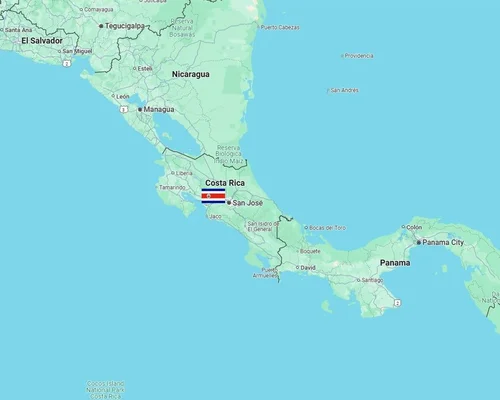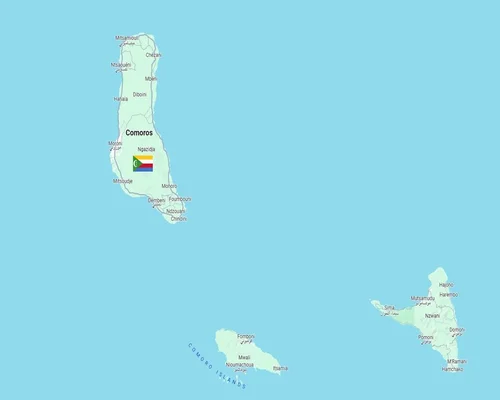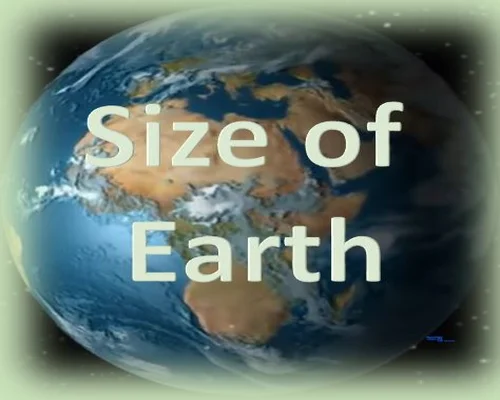
What is the size of the earth?
What is the size of the earth? This question is not of today, but of many ancient times. In the distant past, inquisitive people could look at the earth and think of it as nothing more than a flat field.
Not only that, the ancient people could not have imagined that the earth is floating in space. They had the idea that the earth is standing on something. E.g.,
The Hindus thought that eight giant elephants were holding the earth with their teeth. And those elephants are standing on the back of a huge tortoise floating in the sea.
Twelfth-century Indian astronomer Bhaskaracharya was the first to strike at the root of these ideas, writing in his book that the earth is not as flat as a plate and does not stand on anything. The earth is round and not in the ocean, the earth is floating in space.
It does not seem like much now, like Bhaskaracharya, in a time when there was so much attention. It took humans a long time to realize that the earth is round and floating in space. In fact, the earth seems to be flat, as far as the eye can see. But a little observation shows that the earth is not flat. If so, people in all countries of the world could see the sunrise and sunset at the same time. But from real experience we know that not all countries in the world have sunrise or sunset at the same time.
A few more pieces of evidence may be mentioned. For example, standing on an empty field and looking at the distant horizon, it seems as if the blue sky has descended on the earth. The earth seems to be round. And now people can see the real round face of the earth with the naked eye by pressing in the spacecraft.
However, through many experiments, scientists have come to the conclusion that although the earth is round, it is not completely round. The earth rotates on its own axis once every twenty-four hours. This rotation causes the middle of it to swell and the two poles to move slightly inwards. The resulting area is called the Equinox. On this part, a ring-like line is imagined around the earth called the equator. And the part between the two sides which is called the North Pole on the north side and the South Pole on the south side.
The circumference of the earth along the equator is 24902 miles and the diameter is 6926 miles. But the distance between the two poles is 26 miles less than the diameter of the earth, which is 6900 miles. If the distance between the two poles was not less than 28 miles, then the size of the earth would be round like a football. The circumference of the earth along these two poles is 2460 miles. However, although the diameter and circumference of the earth are 6926 and 24902 miles, the diameter of the earth is generally considered to be 8000 miles and the circumference is 2500 miles.
I have already mentioned the equator. Latitude north and south of the equator are calculated. The value of latitude above the equator is zero. 90 degrees north latitude at the North Pole and 90 degrees south latitude at the South Pole. The length of latitude per degree is about 69 miles. But the length of the longitude is not equal to every degree. For example, 69 miles at 5 degrees latitude, 39 miles at 30 degrees latitude. Again 0 miles at 90 degree latitude. Due to this difference in longitude, time varies in different countries.
------
tags-size of earth, shape of the earth, size and shape of the earth, shape and size of the earth, earth size, figure of the earth, the shape of earth, the end of the earth, layers of the earth, real shape of earth, extension of the earth, the true size of the sun compared to earth, size of the universe, shape and size of earth, size of earth in universe, shape of earth, size comparison of the universe, if the earth was bigger

